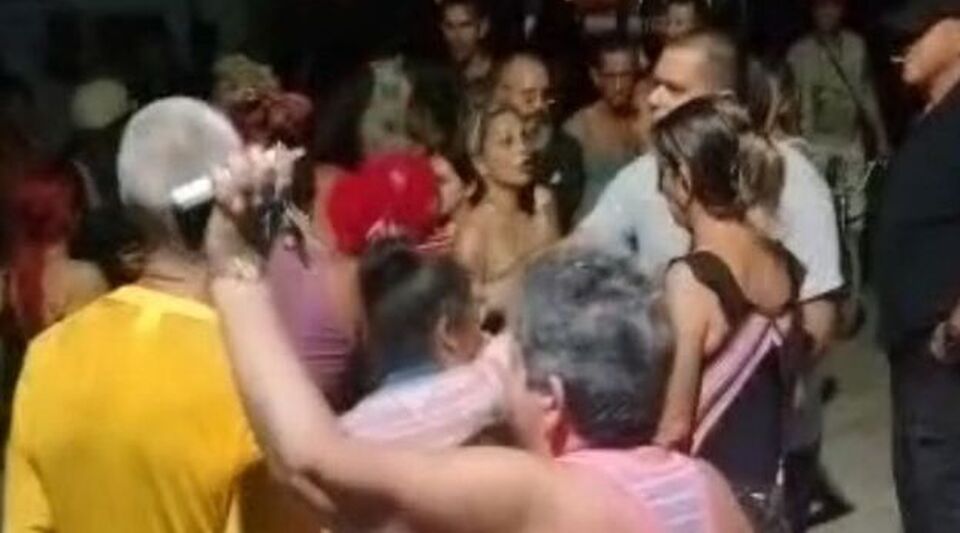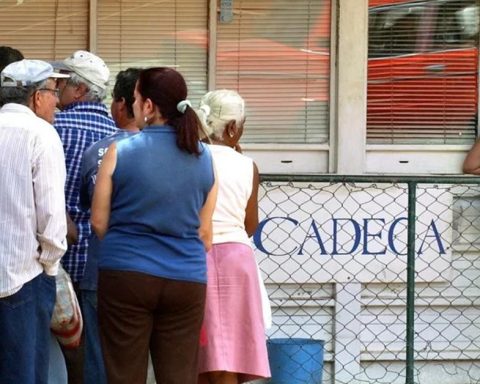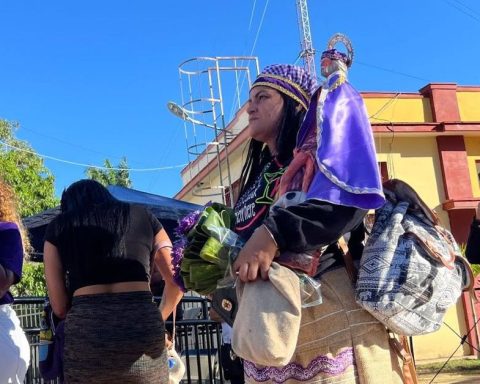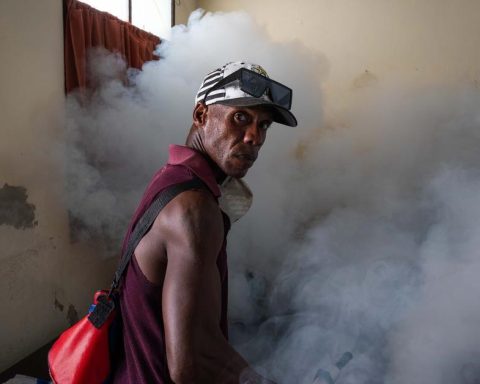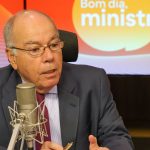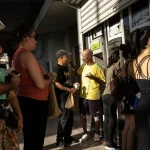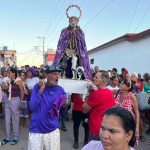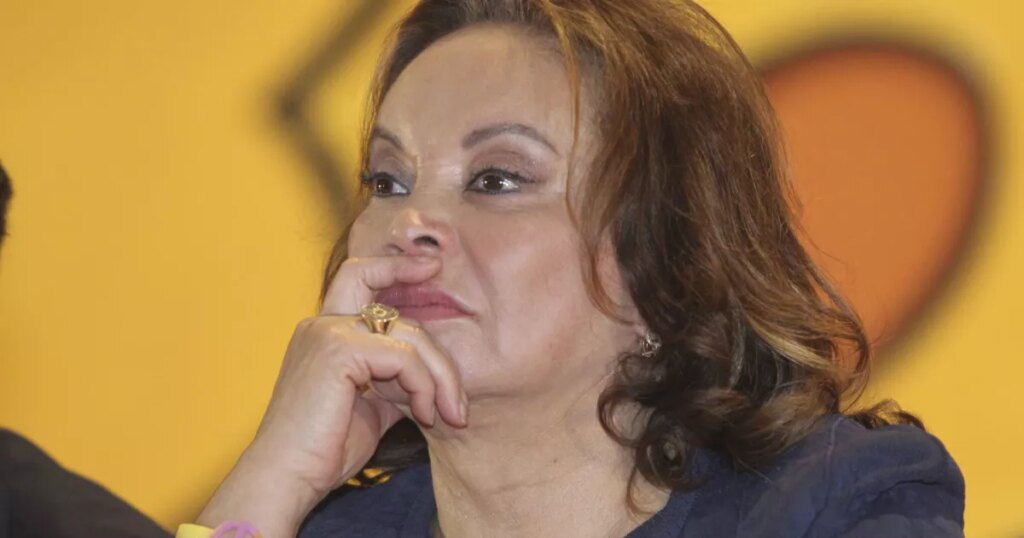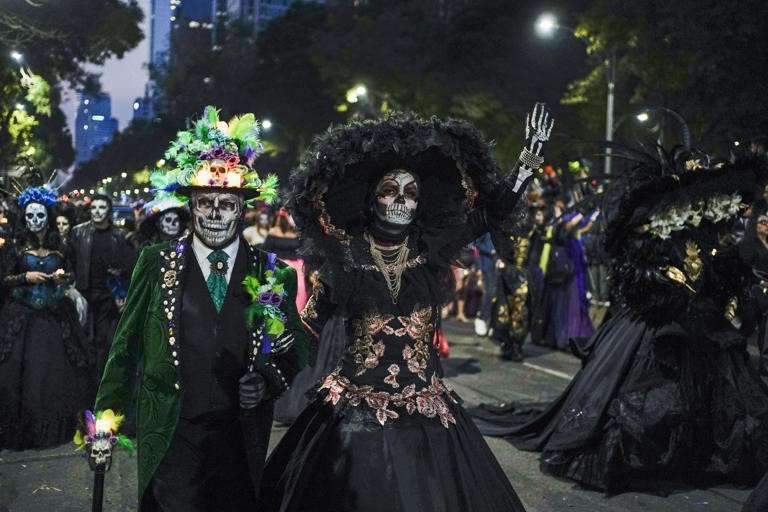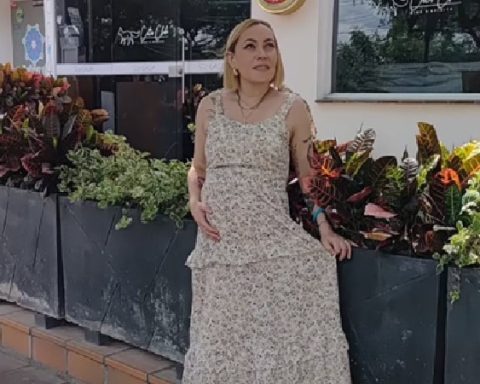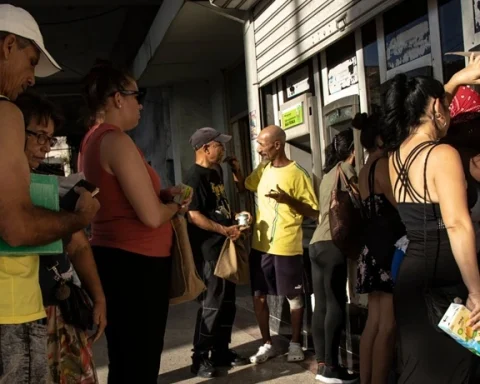The Cuban Observatory of Conflicts (OCC), an organization based in Miami (USA), recorded 589 public protests of various kinds on the island this October, including 71 street takeovers with cacerolazos, marches and barricades, almost twice as many as in September (43).
The total number of protests last October was even greater than that of those registered in July 2021 (584), when the social outbreak known as 11J occurred, the OCC reported in a release.
Of the 589 demonstrations that took place in October, 263 were related to political and civil rights (45% of the total), while 326 were caused by demands for economic and social rights (55%).
According to the OCC statement, “the Cuban government repeatedly resorted to blocking the internet service in the localities where these demonstrations were reported to avoid “contagion” and a national chain reaction.”
“Their only response to the growing demands of the population continues to be repression and legal proceedings against the protesters that they manage to identify, not preparing to overturn the critical reality that originates these protests,” says the Observatory.
“His only response to the growing demands of the population continues to be repression and legal proceedings against the protesters he manages to identify”
In its monthly analysis of governance in Cuba, the organization found that in October it reached its lowest point since 11J.
in BejucalIn the municipality of Mayabeque, for example, the leaders of the Communist Party had to endure the shouts of “Freedom in Bejucal”, “The united people will never be defeated” and “Let them go”, during the protests last night. October 10th.
That same day, in Caibarién, Villa Clara, a man shouted “the day of freedom can be today!”, while barely recording the protesters’ march with his mobile phone. Women, parents with their children on their shoulders, the elderly, drivers of pedicabs and electric motorcycles advanced through the streets of that municipality.
Little by little, the protests throughout the country increased in tone and not only included cacerolazos and marches, but also barricades in the streets along with expressions of rejection of the repressive forces. In Havana, the mobilization of police officers, State Security agents dressed in civilian clothes and military service recruits armed with sticks to repress in areas such as Calle Línea, in El Vedadocaused a wave of indignation and denunciations.
Many of the protesters who took to the streets in October did so to demand political change, but a large majority demanded something as simple as having electricity in their house or not having it cut off every two or three hours. Despite this, around thirty citizens were arrested, according to various NGOs, and some of them could end up in prison.
________________________
Collaborate with our work:
The team of 14ymedio is committed to doing serious journalism that reflects the reality of deep Cuba. Thank you for joining us on this long road. We invite you to continue supporting us, but this time becoming a member of our journal. Together we can continue transforming journalism in Cuba.
